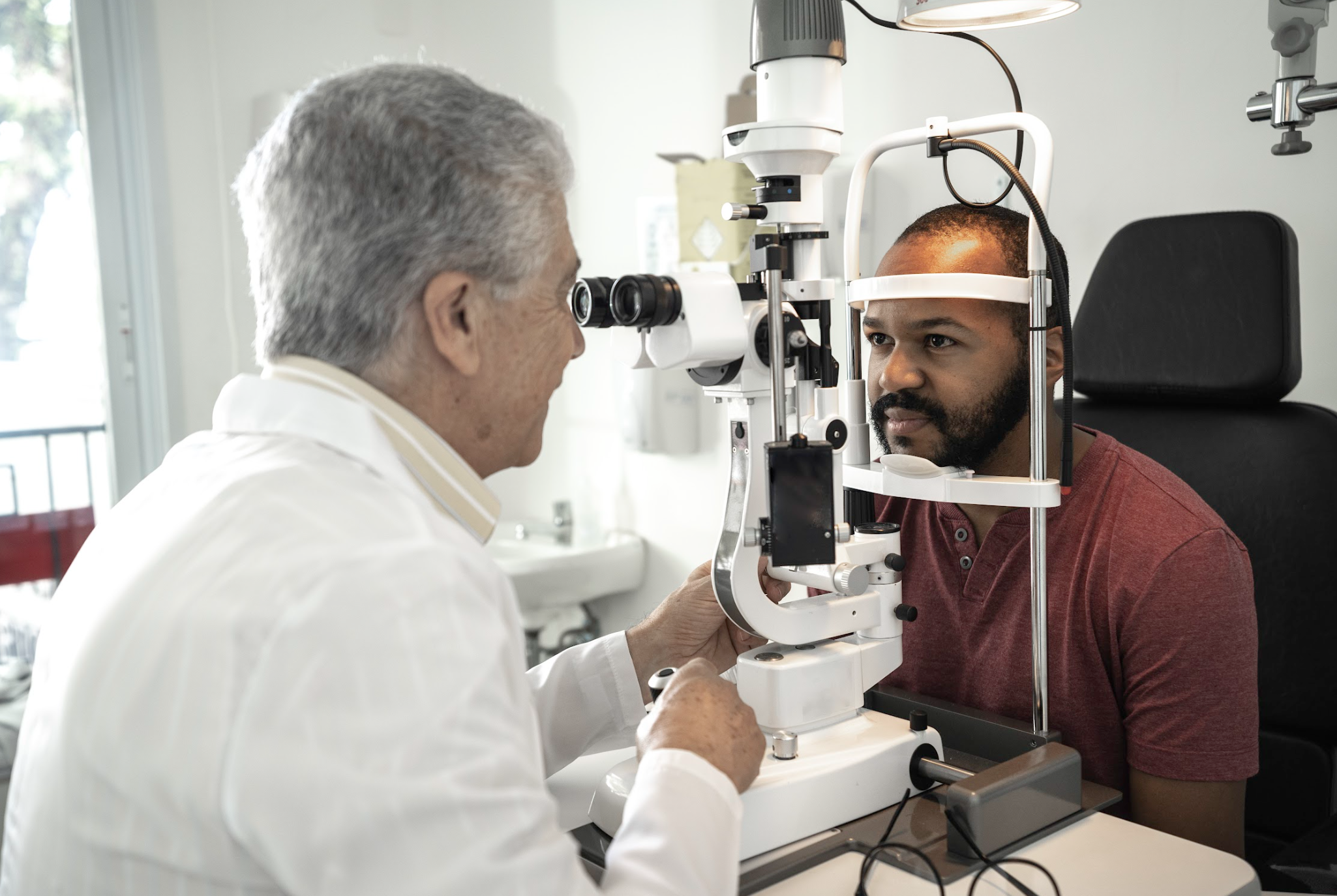 |
|
This study was conducted in Memphis, which has higher poverty rates and poorer health conditions among its Black residents. The researchers said this provided a unique opportunity to study health disparities based on race and socioeconomic status. Certain factors are known to contribute to poor health conditions among Black patients, such as low access to preventative care, lack of health insurance or underinsurance and unhealthy lifestyles, they point out in their paper. Photo: Getty Images. |
Identifying high-risk patients at initial screening and recognizing those who are more likely to require more aggressive treatment is crucial to preserving vision in glaucoma patients. A study published yesterday in Journal of Glaucoma analyzed the level of glaucoma severity (mild, moderate or severe) based on demographic factors to extrapolate the effect of socioeconomic status (SES) and race and found that worsening was linked with poverty rate, age, male sex and the Black race.
A total of 2,913 primary open-angle glaucoma patients were included in this study.
Demographic information, including age, sex, ethnicity, insurance profile and zip code, were collected with disease severity for each patient. SES was approximated using zip code–level census poverty data and insurance profiles.
There is increased severity in patients living in zip codes with a greater percentage of the population living below the poverty line with a statistically significant odds ratio of 1.089, the authors wrote in their paper on the work.
They also wrote that SES has the potential to affect glaucoma severity not just at diagnosis, but also the effectiveness of treatment through both access to healthcare and patient education and understanding of the disease.
Lacking adequate knowledge and understanding of the risk factors, prevalence and other demographic and epidemiologic information of glaucoma can lead to worse outcomes for patients, the authors explained. “For example, patients who do not understand that vision loss from glaucoma is irreversible and likely to worsen may have lower motivation to undertake the frequent office visits, daily use of IOP-lowering drops, or surgeries, all of which come with time and convenience as well as monetary costs,” they wrote.
The association with age became evident in this patient population in that 82.2% were in their seventh, eighth and ninth decades, compared to only 2.2% in their fifties and negligible numbers (<1%) age 40 or younger. There was also an increase in the odds ratio for glaucoma severity with aging. Gender distribution showed more female patients with glaucoma in the study population but greater severity in men. Racial distribution showed that Black patients had almost twofold higher glaucoma severity, with an odds ratio of 1.896 compared to white individuals.
Isolating the influence of SES remains challenging due to its close association with race, the authors noted, especially in this Memphis study population, where the authors saw a predominance of Black subjects in the low-income areas of the metropolitan area. “Our data clearly indicated that the Black population has significantly higher severity,” the authors explained in their paper. “It is, therefore, difficult to discern with certainty whether the increase in severity of glaucoma in higher poverty zip codes could be due to issues of healthcare inequality, such as access to healthcare for screenings and treatment, or genetic factors associated with race.” Even within the issue of healthcare inequality, poverty alone may not determine healthcare accessibility without consideration of racial distribution.
While the researchers hope that further study into the genetics of glaucoma may eventually lead to more effective screening and treatment efforts, they emphasize in their conclusion that focusing on outreach (screening and education) to poorer areas and those with a large Black population “could potentially build immediate action plans that could save vision for many.”
| Click here for journal source. |
Downs CS, Percelay PJ, Williams B. Socioeconomic and racial disparities in primary open-angle glaucoma in the US. J Glaucoma. October 24, 2024. [Epub ahead of print.] |


